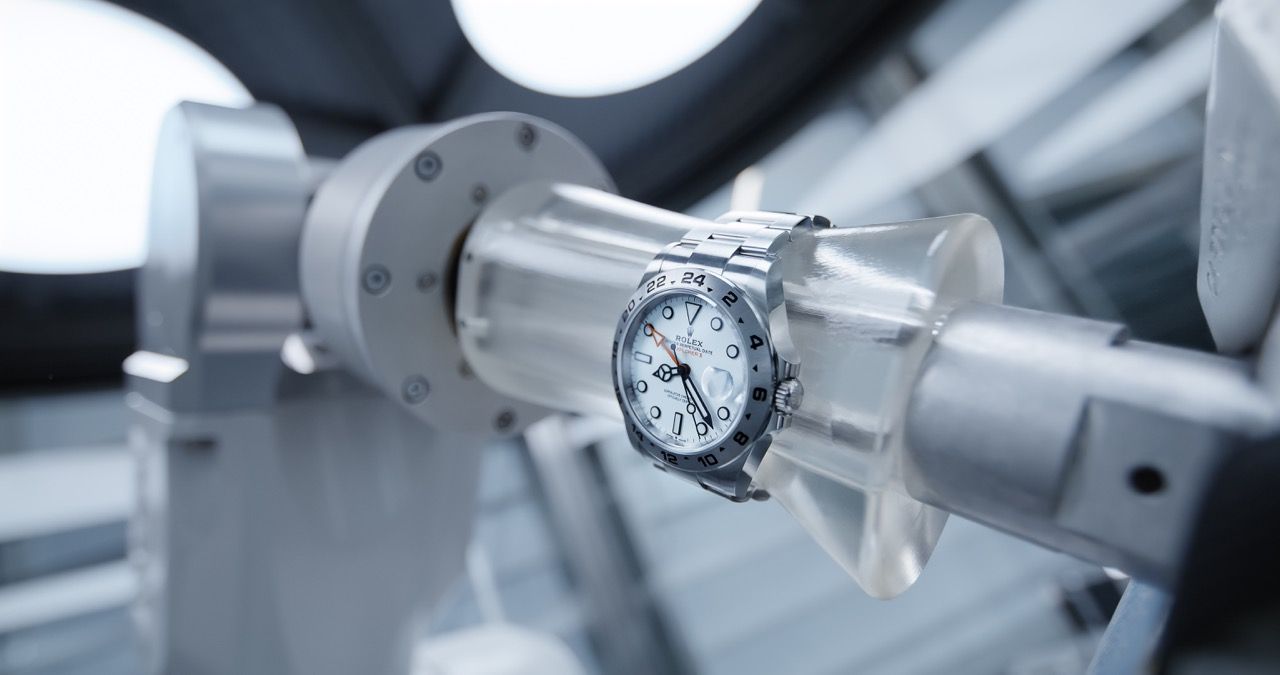What Makes A Rolex A Rolex?
It is a well-established fact that if there is a watch that anyone, be it a novice or an acclaimed watch collector, wants, it has to be a Rolex. The brand symbolises the epitome of success and marks the arrival of the individual who procures one. All of this well-deserved hype surrounding the legendary brand makes one wonder; What makes a Rolex a Rolex?

Today, we take you through the many reasons that make this one of the most coveted watch brands in the world.
Rolex: A Brief Insight Into The Brand
Hans Wilsdorf started the company back in 1905 when the concept of wristwatches did not exist. In this space, he found an incredible opportunity to develop a wristwatch. This particular kind of watch was capable of moving shoulder-to-shoulder with the different movements of the wearer and their active daily life, unlike pocket watches. However, the popularity and immense use of wristwatches only came into existence when Wilsdorf revolutionised them by transforming them into elegant instruments for everyday use. For this, he overcame many challenges. These included producing small movements which were as precise as machine chronometers (1914), developing a robust and waterproof case to protect the movements from external factors like dust, moisture, splashes, and perspiration (1926), and finally fitting the watch with a self-winding automatic system (1931).
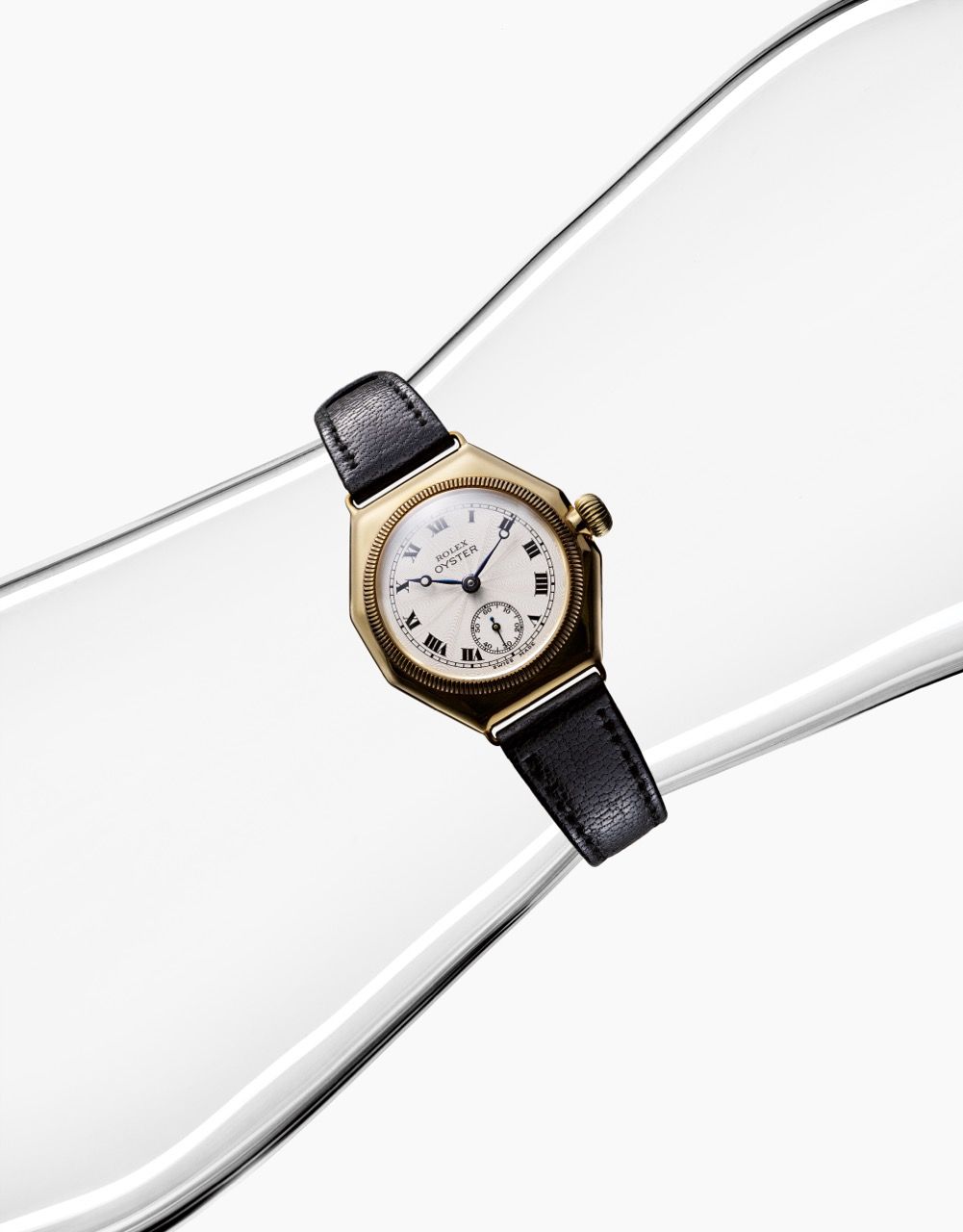
It was very early on that Wilsdorf understood that going beyond the limits of watchmaking would not be possible without the guarantee of total industrial independence. What did this mean? It meant that Rolex would be creating, manufacturing, assembling, and testing all of its watches exclusively in Switzerland. Wilsdorf foresaw the need to create an autonomous brand that has now shaped the identity of the brand as we know it today.
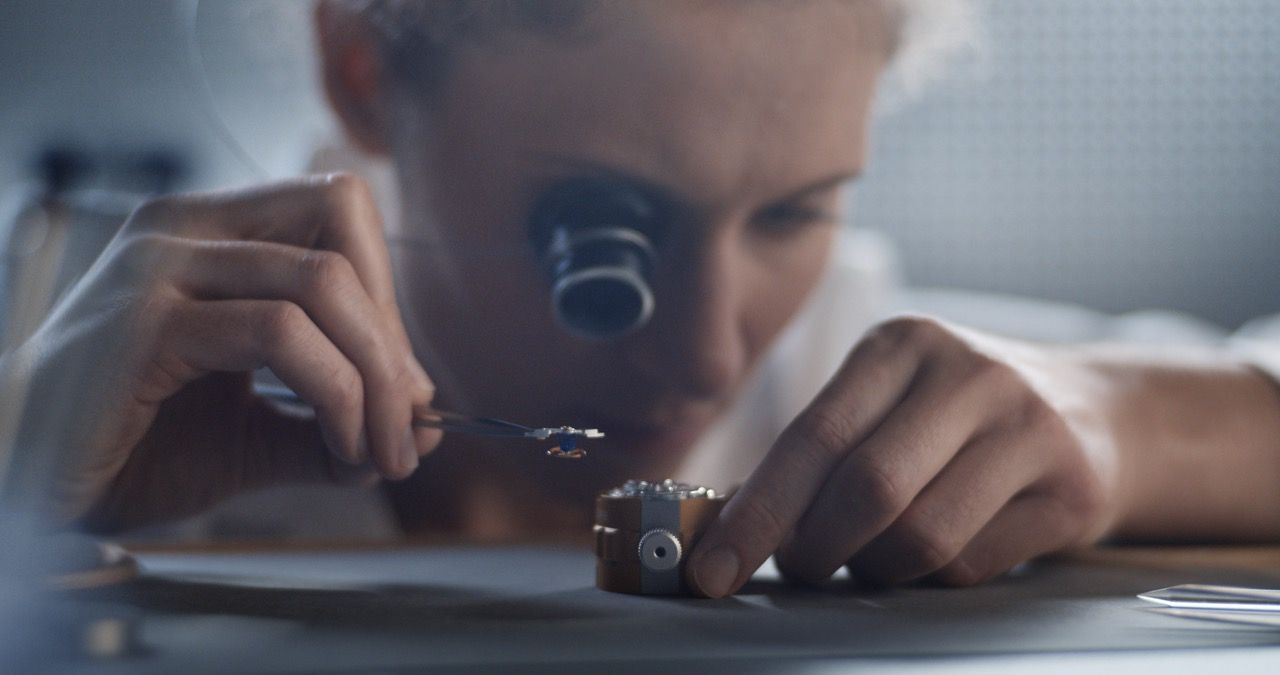
Spread across its four production sites, the know-how and commitment of more than 9000 employees have made Rolex combine pure watchmaking tradition with state-of-the-art technology. Acacias is the brand’s world headquarters in Geneva where the watches are developed and assembled. Bienne has become the center point for the production of different components of a watch. All matters related to métiers d’art (artistic crafts) such as gem-setting and enameling are carried out in Chêne-Bourg. Finally, raw materials like 18 ct yellow, white, and Everose gold, Oystersteel, 950 platinum, and RLX titanium are created, tested, inspected, stamped, cut, drilled, and transformed into middle cases, case backs, bezels, and bracelet links, before finally being satin-finished or polished in Plan-les-Ouates. A fifth site is under construction in Bulle in the canton of Fribourg.
The complete integration of its four production sites has enabled Rolex to independently express its creativity and innovative spirit using the technology and expertise it holds in-house.

A Superlative Performance
Rolex is well-known for its commitment to creating timepieces that demonstrate the superlative “performance under pressure” watches which are tested under extreme real-life conditions. Expressing the highest degree of quality, every Rolex timepiece is based on the brand’s founding principle of possessing the characteristic of excellence or “Superlative”. This term was introduced during the 1950s when Rolex unveiled a new generation of movements whose chronometric performance exceeded the standards of the time. From precision to waterproofness, the Superlative Chronometer certification highlights the exceptional qualities of a Rolex chronometer. In 2015, Rolex tightened the criteria for Superlative Chronometer certification by covering all aspects of a watch; precision, waterproofness, self-winding, and power reserve. This led to almost all watches coming out of the Rolex factory being described as ‘Superlative’.
For precision, each Rolex movement is sent to the Swiss Official Chronometer Testing Institute (COSC) for 15 days and 15 nights for testing. Once this is done, the movement is cased and then tested in its own workshops over a 24-hour cycle in seven static positions. According to Rolex, the precision of a Rolex Superlative Chronometer is not allowed to deviate by more than -2/+2 seconds per day, stricter criteria than accepted by COSC which is -4/+6 seconds per day.
Well known for its Oyster case with high water resistance, the waterproofness of each Rolex watch is tested in a hyperbaric tank. For watches that offer waterproofness to a depth of 50 or 100 meters are tested at a water pressure up to 10 percent greater than that exerted at their rated depth. For diving watches with waterproofness up to 300, 1220, 3900, and 11,000 meters, Rolex watches are tested with a safety margin of up to 25 percent.
For its self-winding and power reserve criteria, Rolex uses a testing methodology that is exclusive to the brand. All of the components of the movement must be able to move freely within the movement and case structure and every watch is fully wound at the beginning of the tests to make sure the battery that powers the watch runs through the entire length of its stated power reserve.
Today, all Rolex models enjoy the Superlative Chronometer certification. It is marked by the green seal and is accompanied by a five-year international guarantee. The ‘Superlative’ signature found on most dials of a Rolex watch is a promise of the brand’s staunch pursuit of reliability, quality, and trust. All of the brand’s innovation is showcased with its registration of over 600 patents.
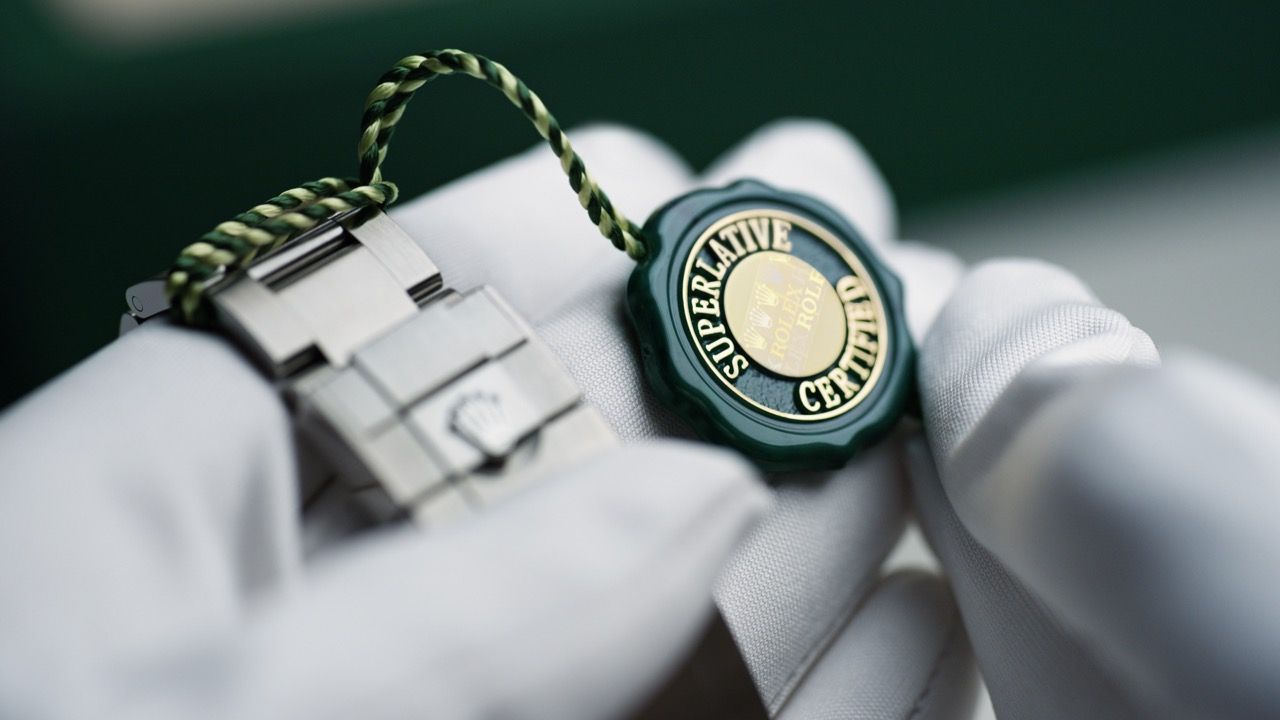
Fundamental Qualities of Rolex Watches
Rolex’s superlative approach to watchmaking is based on eight fundamental qualities that characterize every Rolex watch. This includes precision, waterproofness, autonomy, robustness, simplicity, craftsmanship, comfort, and quality.
When it comes to the precision of any Rolex watches, be rest assured that chronometric precision has always held a special place in the brand philosophy of Rolex. Their dedication to producing precise timepieces is showcased via their many achievements. This includes being the first wristwatch to obtain a Class ‘A’ certificate for chronometric precision from the Kew Observatory in England, back in 1914, and ensuring every watch coming out of its manufacture is certified by the Swiss Official Chronometer Testing Institute (COSC).
As we mentioned before, since the launch of the revolutionary Oyster case in 1926, the brand has been synonymous with waterproofness and sealing against dust. Apart from marking the world’s first waterproof wristwatch, with time, the Oyster case technology has evolved into the inculcation of The Twinlock crown in 1953, the Triplock crown in 1970 along with the release of the Ringlock system in 2008. Following a rigorous testing process that includes a high level of incomparable waterproofness, all Rolex watches in the `Oyster Perpetual collection are waterproof to a depth of at least 100 meters. In terms of specific diving watches, the brand has pushed the boundary with a guaranteed waterproofness of 300 meters for the Submariner, 1,220 meters for the Sea-Dweller, and 3,900 meters for the Rolex Deepsea.
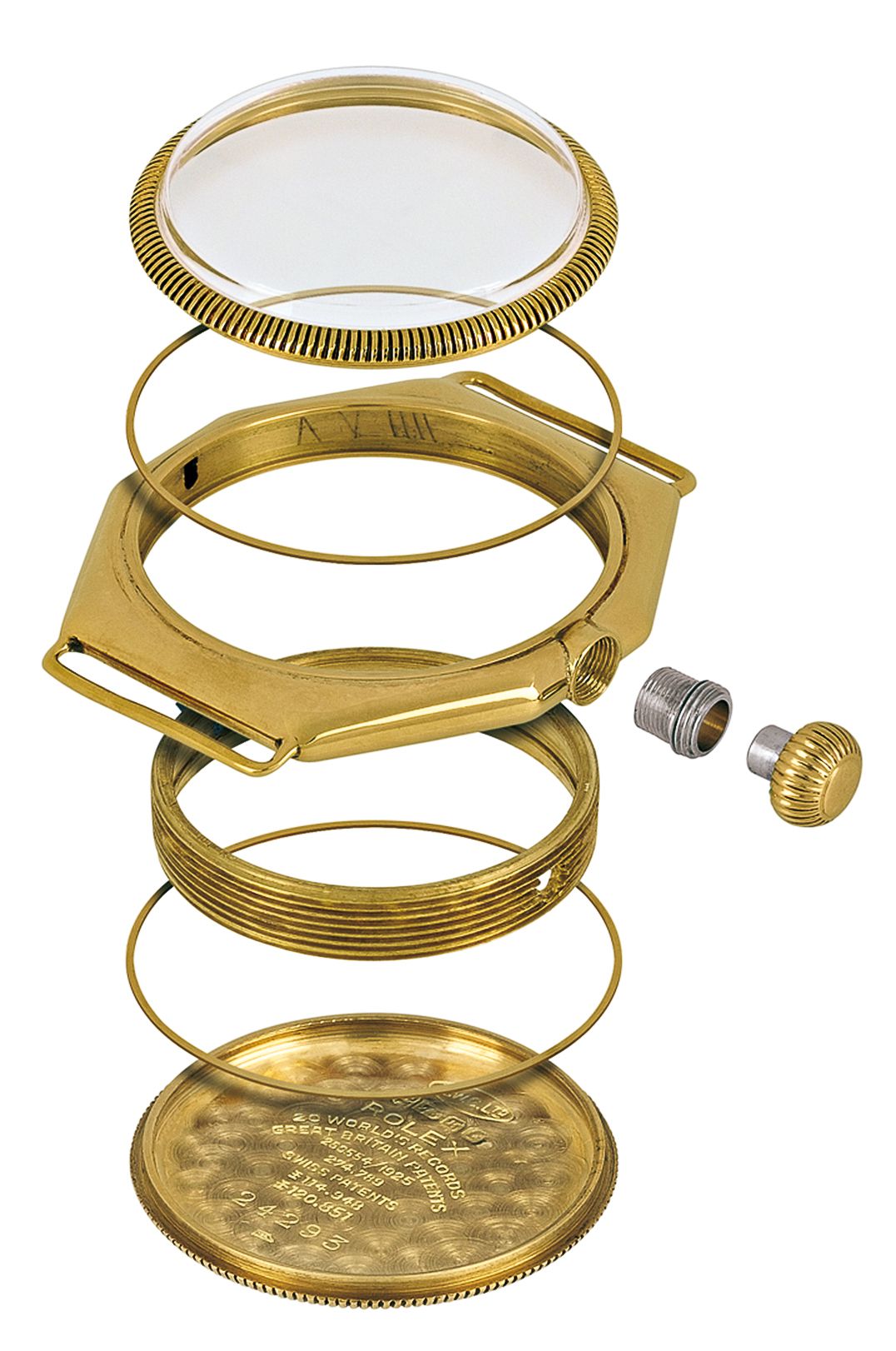
Automation is the third pillar of Rolex’s expertise in the Oyster concept. The year 1931 saw the brand introduce the world to the invention of a self-winding system via the Perpetual rotor. This ensured that the physical gestures of the wearer determined the movement of the mechanics in a watch. It also freed the wearer from having to continuously wind the watch on an everyday basis.
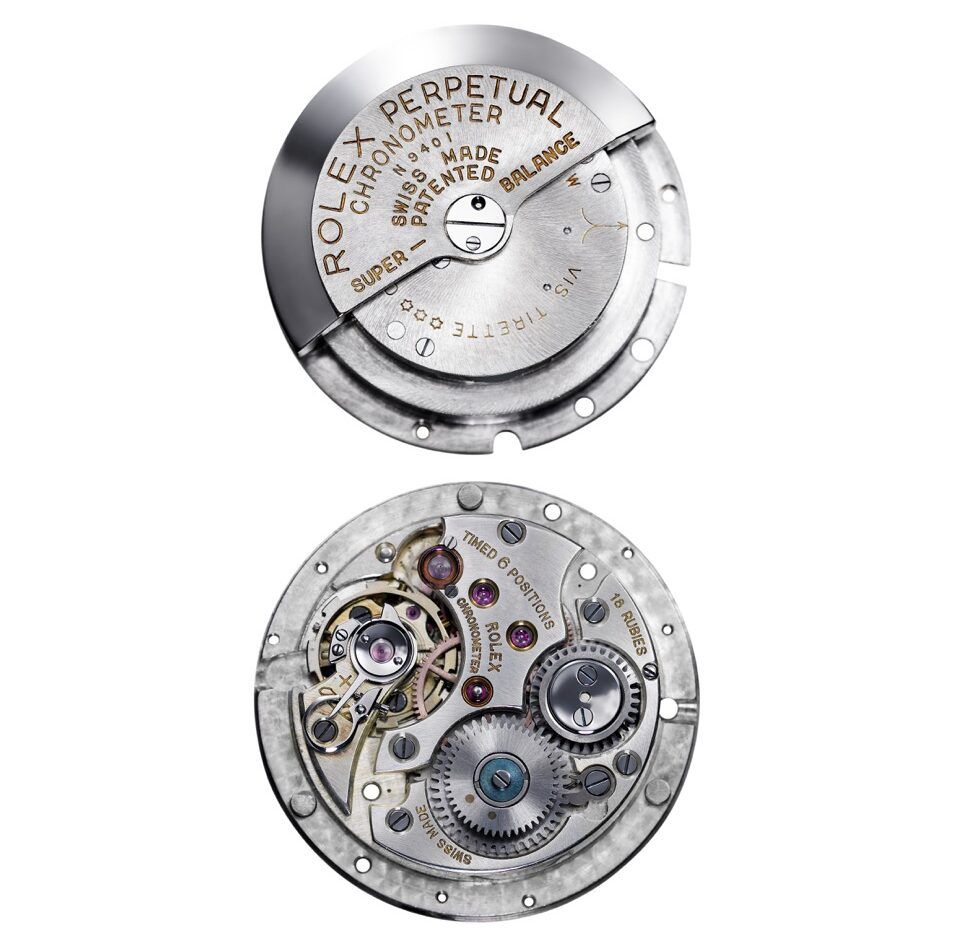
To ensure that Rolex created and developed robust timepieces, the Manufacture exposed its watches to extreme and exceptional shocks. The use of high-quality raw materials Oystersteel, 18 ct gold, 950 platinum, and RLX titanium, further aided the brand in creating robustness for their cases, bracelets, and strap.

All of this is combined with simple aesthetics, an understated yet important value that Rolex as a brand epitomizes. From mechanical simplification to design simplicity, Rolex watches are dedicated to achieving optimal performance with simplicity. A case in point is the physical simplicity of the movement powering the Cosmograph Daytona and the development of the Saros annual calendar of the Sky-Dweller.
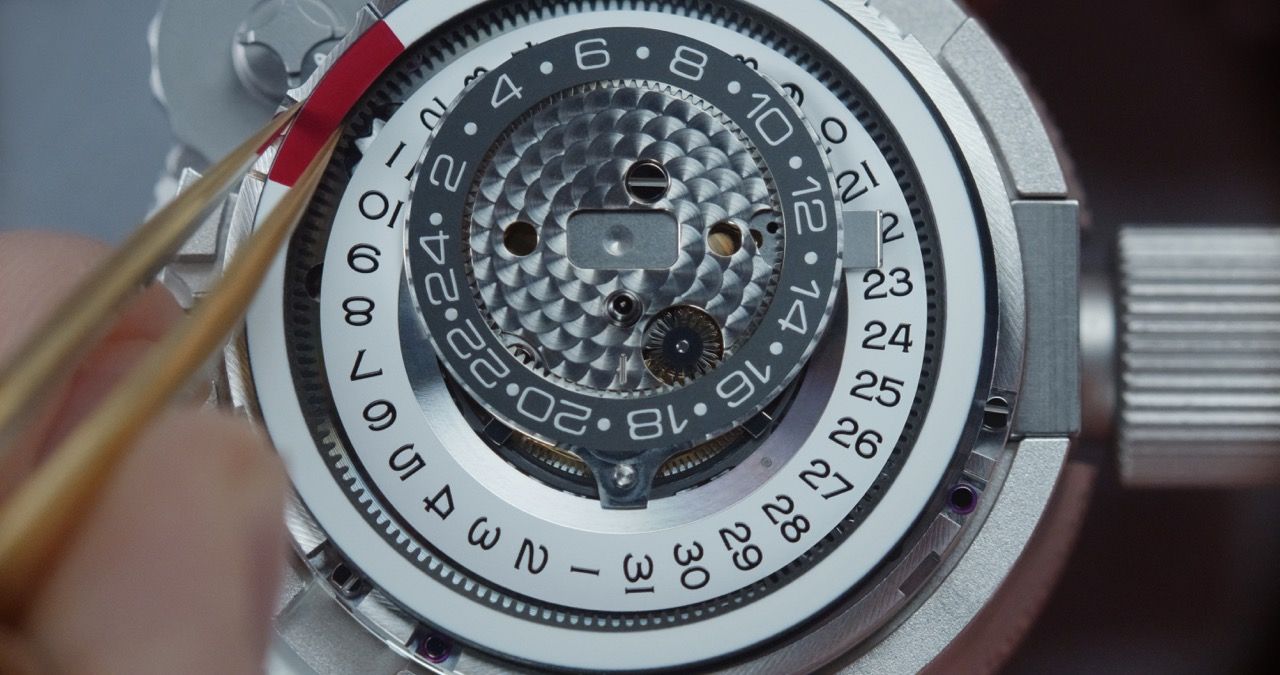
But one has to admit that despite following the theme of simplicity across its many creations, Rolex has never shied away from producing beautiful and ornamental timepieces. Considered a special quality by the brand’s founder, the use of masterful craftsmanship expresses the intrinsic quality of a timepiece. According to Wilsdorf, craftsmanship is a reflection of the care, time, and expertise devoted to the creation of a single timepiece, which is priceless.
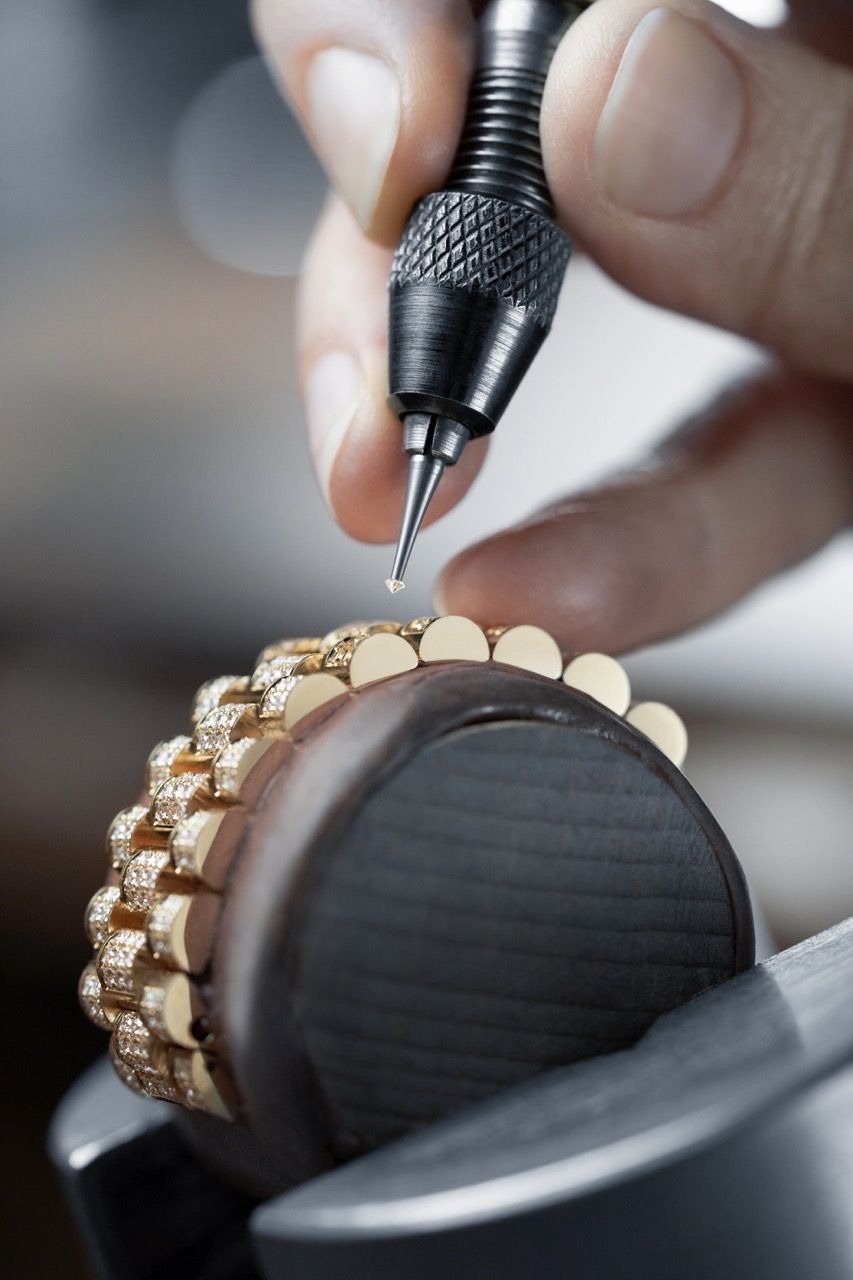
Comfort
As a brand built on the theme of comfort and accessibility, Rolex gives the comfort of the wearer the utmost priority. The structure of the case to the carefully designed ergonomic bracelet and clasp play a vital role in the unique pleasure of wearing a Rolex watch. Hence, care is given to bring together an ergonomic aesthetic to the watch which involves using specific materials, customized designing, and rigorous testing.
The Rolex Oyster bracelet has been continuously perfected and remains an emblem of the brand’s commitment to comfort. With time, Rolex introduced the world to the Jubilee in 1945, President in 1956, and the Oysterflex bracelets in 2015. In regard to the clasps, Rolex has developed the Oysterlock safety clasp, the Easylink, The Rolex Gridlock, and the Fliplock extension systems.
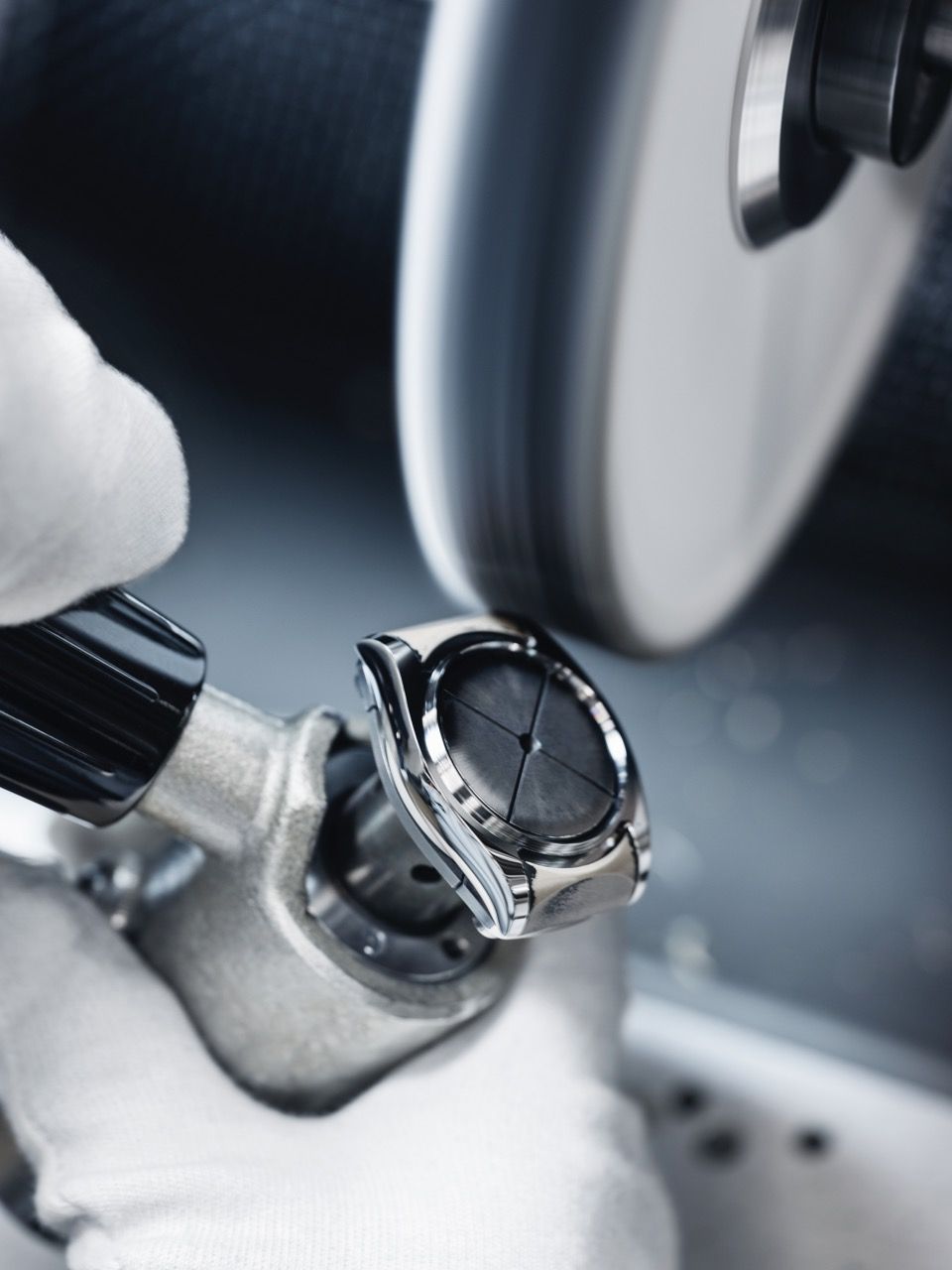
Durability
While many believe in the saying “diamond is forever”, when it comes to watches many are of the feeling that “a Rolex lasts forever; thanks to the brand’s dedication towards durability. From the smooth functioning of its movements where friction plays the villain to the wear and tear of the case, every part of a Rolex watch is determined to stand the test of time. To combat the effect of friction on watch movements, Rolex has developed exclusive lubricants that prevent the components from decaying.
It is the only watch manufacturer that puts its watches through extreme tests like wearing the model in real-time in order to better guarantee the superlative performance of its products.
Well, now that’s what makes Rolex a Rolex!
No articles found


